Master Class On Tyre Reviews With Jonathan Benson
- By Sharad Matade & Drumil Modi
- December 27, 2024

Tyres, an essential yet often overlooked vehicle component, play a pivotal role in performance and safety. Since 2006, Jonathan Benson’s Tyre Reviews has been a trusted resource, offering independent, data-driven insights. Through his YouTube channel, with over 60 million views, and his website, Benson empowers consumers across Europe and the US to make informed tyre choices.
Tyres are as important as any other component in a vehicle, maybe even more. However, while selecting tyres, we seldom look towards deeper insights to derive which fits our needs best. Reviewing tyres before purchase is crucial for obtaining metrics that help derive optimum performance for any vehicle.
Jonathan Benson-led Tyre Reviews has been working since 2006 to help select tyres better. The automotive enthusiast offers actionable insights into the rubber wear through his YouTube Channel, which has over 60 million views, and his website, covering the European and US markets.
A tete-a-tete with the independent reviewer by Tyre Trends explored his aspirations and methodology. Speaking to us, he said, “It all started with a love for karting and automotive engineering. I was racing a bit when I was younger, but as I grew older and outgrew karting, I transitioned to track days with my first car, a hot hatchback fitted with the original Michelin Pilot Sport tyres. The pivotal moment came early in the 2000s during a routine tyre replacement. After burning through the front tyres at track days, a visit to the garage led to a new set of tyres different from the originals, but still Michelin. I turned the first corner and immediately noticed the difference. The disparity sparked a question as to why do tyres perform so differently, even within the same brand?”
“It became clear that there was a gap in accessible, reliable tyre information. I decided I could fill it, and what began as a user-generated review site gradually grew, leveraging a blend of aggregated reviews and professional insights. Over the years, it transformed into a trusted authority, testing and reviewing tyres not just for personal consumption but for a global audience,” he added.
Benson emphasised that tyres are not just rubber circles but a complex piece of engineering that influences vehicle handling, braking, comfort and overall performance. “A good tyre is a good tyre,” he asserts. “If you have a bad tyre on a BMW or a bad tyre on a Volvo, it’s still about the tyre.” With this statement, he shows how critical it is for drivers to understand their tyre's characteristics and performance capabilities.
Reviewer’s tale
The journey into tyre testing, spanning nearly two decades, was described as enlightening, challenging and painstakingly slow. “It’s a niche within a vast industry, where immense volumes and revenues are influenced by a surprisingly small group of decision-makers. In the UK, particularly among premium manufacturers, the tyre sector is tightly knit with relatively few employees wielding significant sway over major markets,” averred Benson.
Reflecting on his early days, he noted that the path to collaboration with manufacturers was far from straightforward. Gaining trust from industry giants as an independent tester, equipped with little more than a website or a modest YouTube channel, required persistence. It was a grind marked by countless late nights and considerable risk including leaving a stable, well-paying job to pursue tyre testing full-time.
Success, as with many industries, did not come overnight. The groundwork laid by established outlets like Auto Bild and Auto Express in independent tyre testing provided a foundation.
He stated that the testing process itself is intricate, often dependent on manufacturers' co-operation. Conducting credible tests required access to proving grounds, facilities typically owned by tyre companies. Securing this access meant navigating a delicate balance – approaching manufacturers at the right time, often when a promising new product is on the horizon.
As for acquiring the tyres, methods vary. Sometimes they are purchased independently to ensure impartiality; other times, manufacturers submit specific patterns for evaluation. Following each test, a verification process is critical, which includes selecting random samples, including top-performing models, and comparing them against market-available versions to maintain transparency and credibility.
With approximately 40 to 50 tests conducted so far, Benson’s work underscores the meticulous, behind-the-scenes effort required to inform an industry and its consumers. Each test, from summer to winter tyres, represents a small step in demystifying an often-overlooked yet essential component of modern vehicles.
Testing the tyres
For a seasoned tyre tester like Benson, preparation has evolved into a minimalist approach. Initially marked by nerves and stress, the process has now become second nature.
The philosophy behind this approach stems from a commitment to impartiality. While the logistics of a test, such as the type and scope, are meticulously planned, Benson prefers not to know which specific tyres are being evaluated. "I don’t even want to see what’s being mounted. If I know a Michelin is going on, it could subconsciously influence my driving, no matter how neutral I try to remain,” he said.

Instead, tyres are assigned anonymised set numbers, ensuring that assessments of handling, comfort, noise and wet or dry performance are recorded without bias. The results are entirely based on what the he feels behind the wheel, unclouded by brand perceptions.
However, maintaining impartiality isn’t always straightforward. In some scenarios, such as when conducting tests on a local track and personally changing tyres, complete anonymity isn’t possible. In these cases, professionalism and experience come into play.
Brand inclusion in tests presents another challenge. While blind testing ensures unbiased results, the decision to include major players like Michelin, Continental and Goodyear is driven by audience interest. "If I tested six unknown brands, it wouldn’t resonate with viewers. People want to know how a new tyre stacks up against industry benchmarks like Michelin,” he noted.
He also explained that the nature of tyre testing changes across regions. In Europe, strict environmental regulations prioritise rolling resistance and sustainability. In contrast, the US market focuses heavily on tread life. “The procedures might be similar, but the demands of each market make the tyres themselves entirely different,” said Benson.
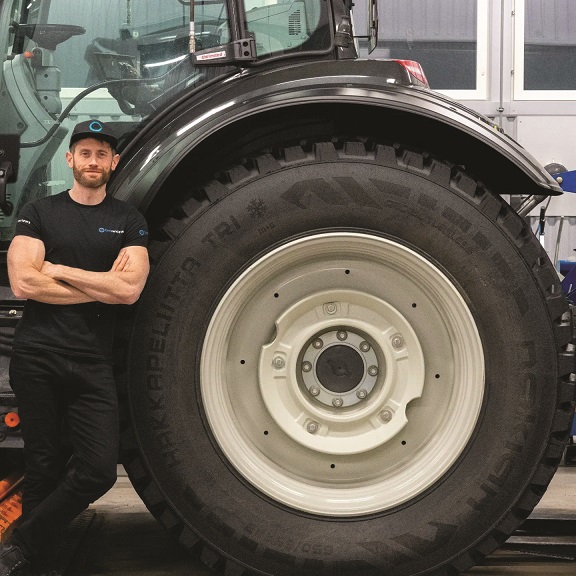
Global outlook
Jonathan noted that there is an increasing interest from Asian manufacturers eager to showcase their advancements. “Companies like Triangle and Linglong are striving to improve quality and gain recognition," he said. However, the influx of low-quality, unregulated tyres from other manufacturers remains a challenge in the global market.
Furthermore, sustainability targets in Europe, particularly regarding rolling resistance and particulate matter, are putting pressure on top manufacturers. “It's tough to improve grip while meeting environmental goals," Benson observed. Despite promising innovations like Continental's dandelion rubber, he feels significant breakthroughs are still elusive.
Non-pneumatic tyres, a much-discussed concept, remain in developmental limbo. “They’re getting close, but they need a major technological leap before mass adoption,” he said, highlighting the delays from manufacturers in launching new products due to stringent performance targets.
Commenting on the demand for tyre reviews in markets such as India, he noted that he was not familiar with many tyre patterns used in such markets. Nonetheless, he remained optimistic about the global industry's ability to innovate under pressure. "The next few years will be fascinating to watch as manufacturers strive to balance performance, sustainability and regulatory challenges,” he said.
Road ahead
As the tyre industry embraces virtualisation and simulation, traditional roles are fading and independent testers like Benson face an uncertain future. "Manufacturers are increasingly relying on simulation in the early development stages, and this shift is reducing the demand for physical testing and leaving reviewers without renewals when roles become redundant,” he explained.
“I don’t think what I’m doing will exist in 50 years. The decline in driving and shifting consumer priorities towards convenience and autonomy in vehicles have already reshaped how people engage with automotive content,” he added.
He has also begun offering private testing services to manufacturers during development cycles, striking a balance between commercial collaboration and independent content creation.

Now based in the US, Benson finds himself navigating a different market dynamic. “In Europe, independent tyre testing has a long tradition. The US market doesn’t have the same culture,” he observed, noting the added challenge of building trust and credibility with American manufacturers.
For aspiring reviewers, he shared a realistic perspective, stating, “Starting now is tough. An engineering background and proximity to a proving ground are essential.”
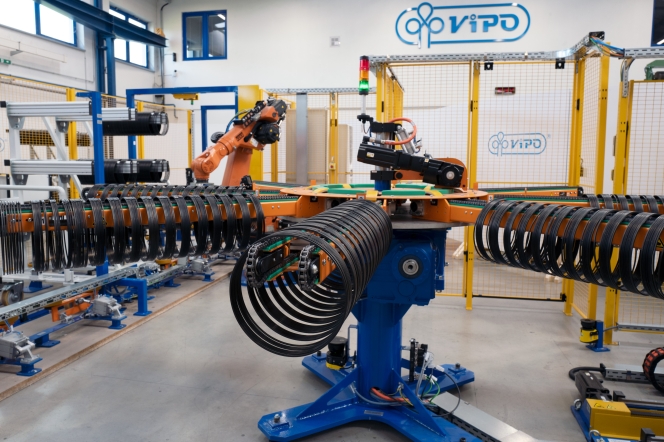
VIPO a.s., a Slovakian manufacturer of bead winding and apexing machinery for tyre production, has established a wholly owned subsidiary in India to capitalise on growing demand in one of the world's largest automotive markets.
VIPO INDIA PRIVATE LIMITED commences operations on 1 October from New Delhi, providing technical support, spare parts production, and customer service to tyre manufacturers across the country, the Partizánske-based company said in a statement.
The move represents a significant expansion for the mid-sized engineering firm, which supplies automation equipment to tyre makers globally. India's tyre industry has expanded rapidly in recent years, driven by robust vehicle sales and infrastructure development.
"The launch of VIPO INDIA PRIVATE LIMITED is a milestone in our global expansion," said Peter Duchovic, chief executive of VIPO a.s. "India represents not only one of the fastest-growing tyre and automotive markets but also a hub of innovation."
The subsidiary will offer locally produced components for high-wear parts and provide digital services including artificial intelligence-driven condition monitoring and augmented reality-based training programmes, the company said.
VIPO specialises in bead winding lines - equipment used to produce the steel wire bundles that anchor tyres to wheel rims. The company stated that its systems incorporate robotics and automation to reduce energy consumption and enhance production efficiency.
"With our New Delhi subsidiary, we will be closer to our customers — listening carefully to their requirements and integrating their needs into the development of new devices and services," Duchovic said.
The firm has committed to the Science Based Targets initiative, a framework for corporate emissions reductions aligned with climate science, according to the statement.
Michelin Rolls Out First Indian-Made Premium Car Tyres in Chennai
- By TT News
- September 30, 2025
French group targets fast-growing SUV segment with INR 6.86 billion
Michelin has produced its first premium passenger car tyre in India, marking a strategic shift for the French manufacturer’s Chennai facility, which previously focused exclusively on commercial vehicle production.
The plant unveiled the made-in-India passenger tyres on Tuesday, with commercial availability planned for the first half of 2026. The company will target the premium segment with products ranging from 16 to 22 inches, including its Primacy 5 range as the initial offering.
Michelin will manufacture its LTX Trail ST, Pilot Sport 4 SUV, Pilot Sport 5, and Primacy 5 ranges in India.
The move follows Michelin’s September 2024 announcement of an INR5.64 billion investment in passenger car tyre manufacturing. The group has since added over INR 1 billion for subsequent phases, bringing total investment to INR 6.86 billion, supplementing the INR 28 billion already deployed at the Chennai site.
India’s passenger car market, valued at USD 18.13 billion in 2024, is projected to reach USD 33.85 billion by 2030, representing a compound annual growth rate of approximately 11 percent. Sport utility vehicles now account for more than half the market, a trend that Michelin is positioning itself to capitalise on.
“Better infrastructure, rising disposable income, changing consumer preference of the growing Indian middle class’s desire for more versatile, spacious, and feature-rich vehicles are fuelling growth and premiumisation of the car park,” the company said in a statement.
Michelin scaled production in 12 months from announcement to first output, including 50,000 hours of employee training at various Michelin factories overseas. The new passenger car line spans 22,000 square metres and incorporates what the company describes as “Industry 5.0” automation.
The facility requires only 200 employees, compared to the industry standard of 500 for comparable capacity, according to Michelin. The Chennai plant already produces 38 tyre variants for trucks, buses and defence applications, with all business-to-business products fitted with radio-frequency identification tags.
Michelin has expanded its retail presence to 75 standalone service centres across India and opened what it terms an “experience store” in Nashik. The company plans to expand this network as production increases.
The Chennai facility operates with a zero carbon footprint, zero liquid discharge, and complete recycling, sourcing 80 per cent of its water from rainwater harvesting while drawing 45 per cent of its energy from renewable sources.
The company, which employs 129,800 people across 175 countries, positions itself as a “world-leading manufacturer of life-changing composites” with operations spanning mobility, construction, aeronautics and healthcare sectors.
Jay Dhillon Appointed As President Of BKT USA
- By TT News
- September 29, 2025
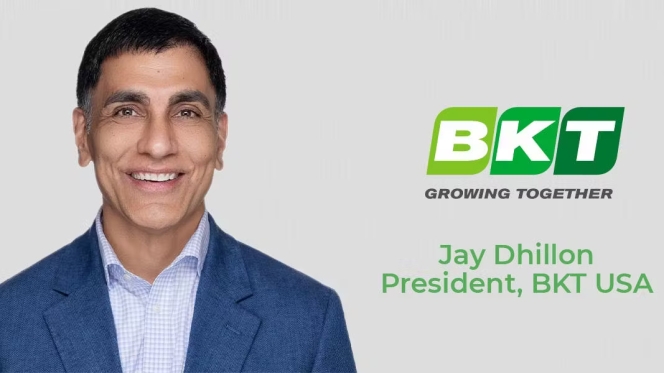
In a strategic move to bolster its position in the United States, Balkrishna Industries Ltd. (BKT Tires) has announced two key executive appointments for its American operations. The company has named Jay Dhillon as the President of BKT USA and appointed Minoo Mehta as a Senior Advisor.
With more than two decades of international experience in the tyre sector, Dhillon will be responsible for leading the Ohio-based subsidiary. His mandate is to drive long-term growth by expanding into new and existing markets, aligning all business units with strategic objectives and cultivating profitable partnerships to ensure sustainable industry leadership.
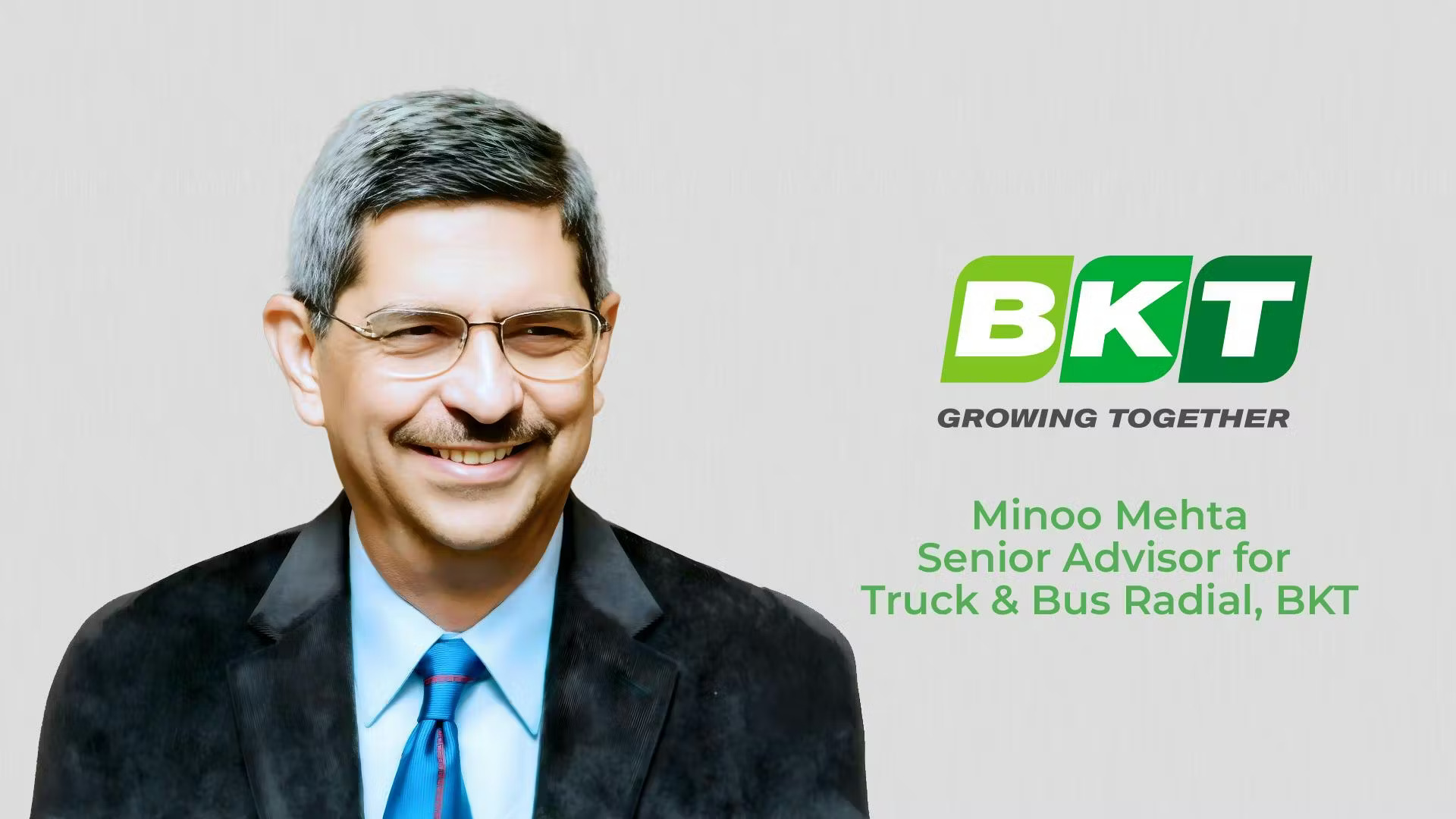
Mehta, taking charge from 1 October 2025, will focus specifically on the truck and bus radial tyre segment, providing expertise to support the development and launch of new product lines. This dual appointment is designed to strengthen the company's overall strategy and market presence across its key off-highway and radial tyre businesses in the US.
Dhillon said, “I am excited to join the BKT team and contribute to its forward-looking growth. With over 20 years in the tyre industry and an engineering background, my goal is to lead the team and drive success during this dynamic time while upholding the company’s commitment to quality, innovation and excellence.”
BKT Accelerates On-Road Tyre Push With Dedicated Base At NATRAX
- By TT News
- September 29, 2025
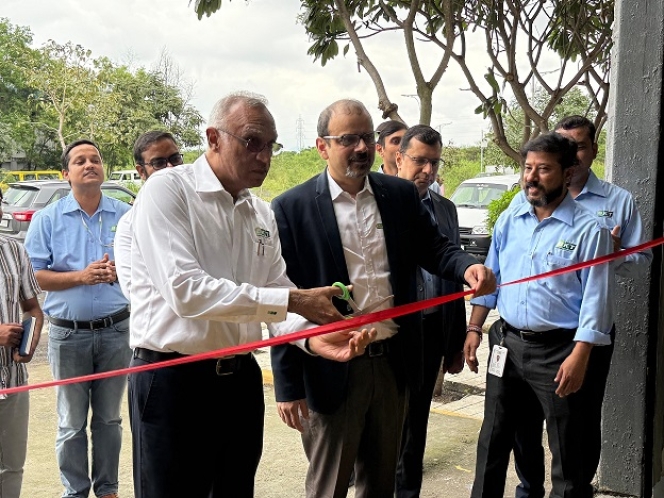
Mumbai-based Balkrishna Industries (BKT), a major player in the global Off-Highway Tyre (OHT) market, is making a significant move to expand its footprint in the on-road vehicle tyre segment with the inauguration of a new ‘Vehicle Dynamics & Testing’ (VD&T) base at the National Automotive Test Tracks (NATRAX) facility in Indore.
The new base leverages India's premier automotive testing grounds – Asia's second-largest and longest – to enhance BKT’s product development, particularly across the two-wheeler, passenger car radial (PCR) and commercial vehicle radial segments.
BKT's strategic decision to establish the VD&T base, inaugurated by Satish Sharma, Sr President & Director - Business Development and Strategy, marks a major step in the company's commitment to enter new segments.
By tapping into NATRAX's state-of-the-art infrastructure, BKT aims to accelerate new product development, enhance performance & reliability and address evolving needs by utilising real-world testing scenarios to cater to the specific demands of Indian and international consumers.
The facility is equipped with advanced machinery and an expert R&D team, providing a critical hub for high-quality, innovative tyre development across all mobility segments.
Access to NATRAX will enable BKT to test its tyres across a comprehensive range of real-world driving conditions and parameters, including – ride & handling, comfort, braking performance, durability and off-road terrain simulation.
These robust testing capabilities are crucial for meeting the requirements of both Original Equipment Manufacturers (OEMs) and the replacement market. The goal is to ensure that every tyre offers world-class quality and gives everyday consumers confidence in its performance.
By investing in dedicated R&D at NATRAX, BKT is not only reinforcing its position in the global tyre industry but is also signalling its serious intent to become a formidable competitor in the rapidly growing on-road vehicle tyre market.
Satish Sharma, said, “At BKT, we are leveraging our decades of expertise in off-highway tyres as we expand into on-road vehicle segment. Our entry into the consumer space is guided by a clear commitment: developing tyres that users can trust for safety, comfort, mileage and reliability on every journey. The establishment of dedicated VD&T base at NATRAX marks a pivotal step in our journey to deliver world-class tyres across segments. This facility empowers us to simulate real-world conditions and rigorously test our products for performance, safety and durability. By addressing key consumer pain point, be it ride comfort, braking efficiency, or terrain adaptability; we are committed to engineering solutions that truly elevate the driving experience.”


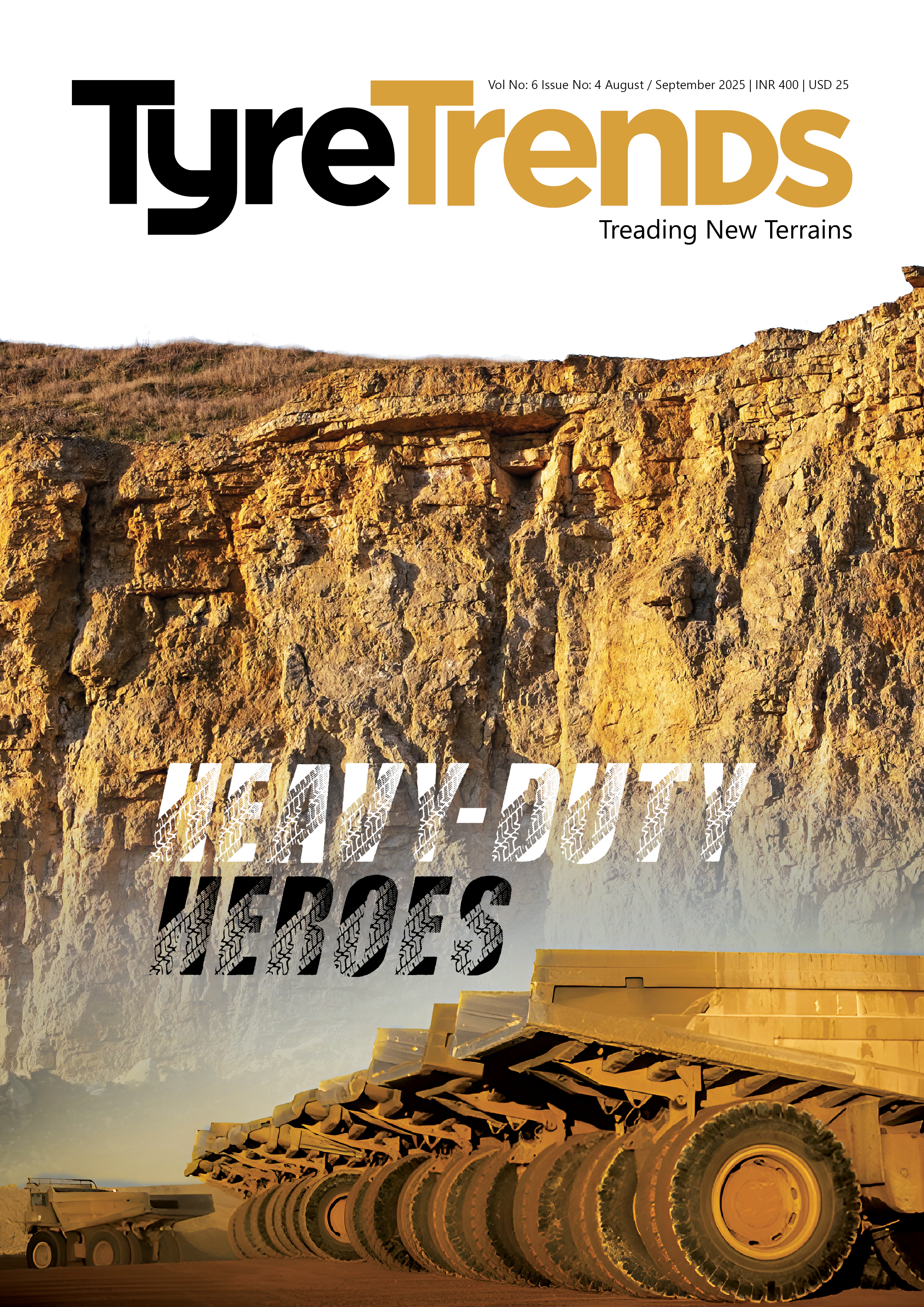
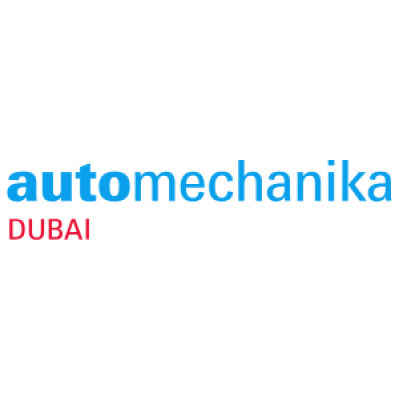
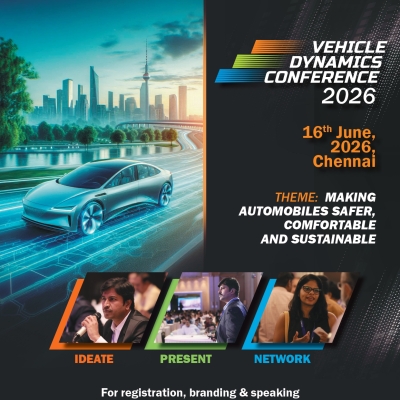

Comments (0)
ADD COMMENT